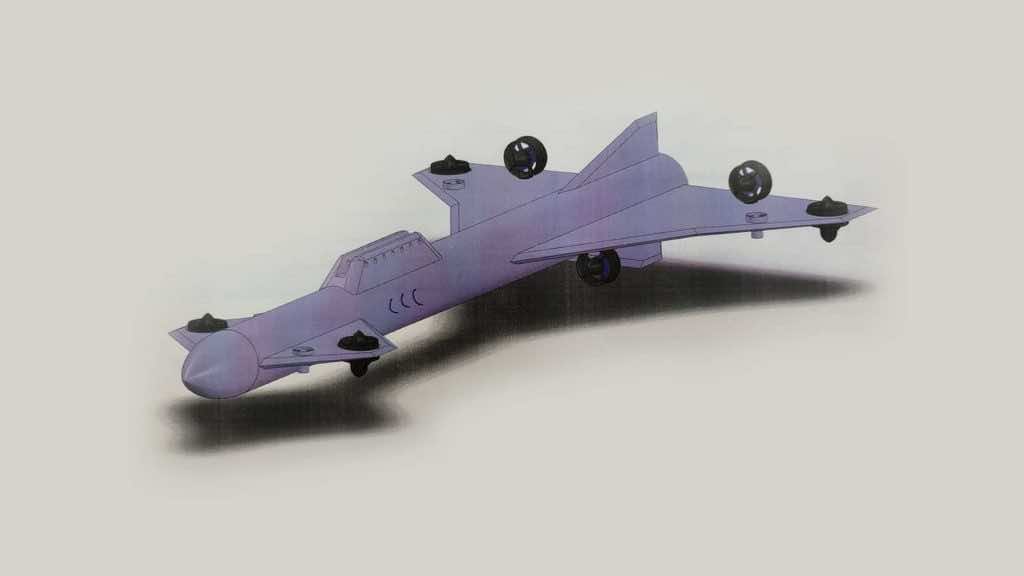Finding hidden treasure is always a topic of keen interest for mankind and has also been variedly discussed in different short stories for kids. But you would be amazed to know that this fantasy is now becoming a reality because a start-up has been initiated in order to develop underwater drones which will track down the most demanded metals like gold, silver, platinum, steel, etc. from the bottom of the sea. Seafarer, which is the manufacturer of underwater drones, has developed a drone named “SeaSearcher” that has the capability to detect and locate various metals embedded deep in the water.
The drone, SeaSearcher, can discover the metals by up to 33 feet (10 meters) with accuracy. Along with this effectiveness, it can also display 3D images and digital maps of the location to better give the crew members an understanding of the situation. The already operational prototype has been delineated by the engineer, Tim Reynolds, who is also the CEO of the partnering company, “Wild Manta” as well. A good thing is that this functional prototype has been tested in an area which is located south of Cape Canaveral after getting approval from the Florida Bureau of Archaeological Research on July 24th, 2014.
As per Seafarer CEO Kyle Kennedy, “I’ve been given the rights to salvage old Spanish and other types of wrecks along the coastline here in Florida. All these ships used to dock in Havana; they would load up with gold from the New World and head up the Gulf Stream before heading across the ocean. Storms would sink them on their routes. There are over a thousand of these shipwrecks, but the problem is, there’s never been equipment that would show you where gold and silver was, under the sand. “
It is important to note that four drivers per boat have been accumulated by the Seafarer. The start-up also deploys three archaeologists for its functional prototype. One of them has a Ph.D. from Oxford while the other two have thirty years of experience in the treasure industry. Kennedy stated, “We have been impressed with the open water tests and live field tests on the Melbourne Beach Area 2 Ring Site, where we have been working under an exploration permit from the Florida Division of Historic Resources (DHR).”
He further stated, “The SeaSearcher is based on AI machine learning algorithms; the more it’s used, the more its learning base grows. The more it learns, combined with known training sets, the more its abilities increase and the more it focuses our efforts toward high-precision, surgical archaeology. So, the process is working. ” However, efforts are underway by the company as they recently declared the production of a second generational SeaSearcher, which would be equipped with extraordinary capabilities and have more precise 3D imaging. This upgraded drone will “focus on deeper water and multi-mode exploration,” as stated by the company.

